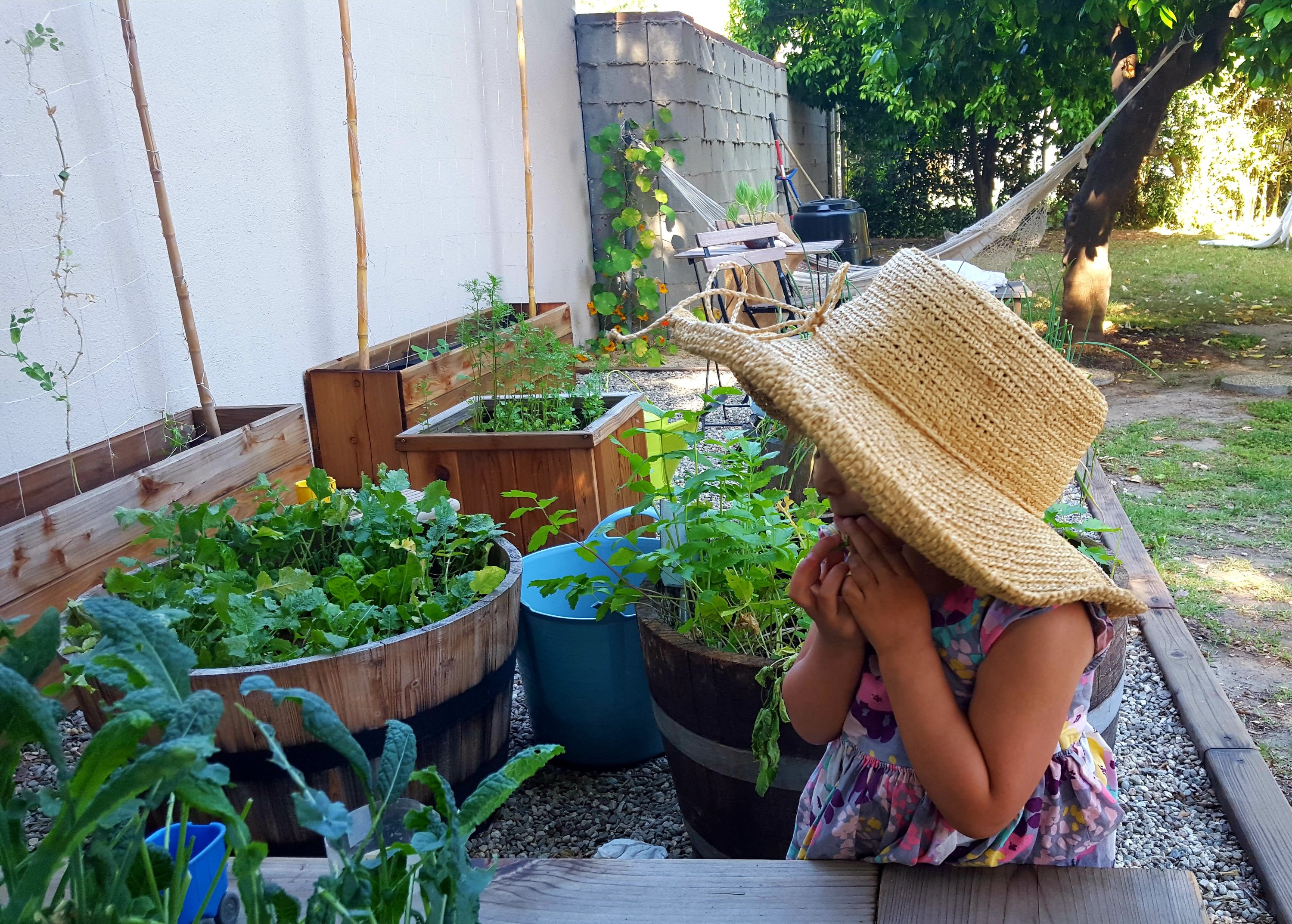Why This Simple Concept Can Sustain Your Family
When I first heard about the concept of Victory Gardens, I was both intrigued and inspired. The concept was born out of necessity and made so much sense. The idea of growing food for a family or community was practical and the fact that they were the norm for so many years and then somewhat disappeared was also curious. Nonetheless, it was a notion that inspired me when starting our homestead journey.
So, What is a Victory Garden Anyway?
With the coronavirus pandemic upon us, it’s time to take a closer look at Victory Gardens. Victory Gardens were gardens planted during World War I and World War II. The concept came from George Washington Carver and promoted the idea of people growing as much of their own food as possible to supplement the rations they were receiving during wartime. The idea was implemented in multiple countries and Victory Gardens were set up in both home and community gardens.
Taking charge of our own stability and staying home are both essential at this time. Today we are seeing a limited amount of eggs, meat, produce and household necessities in stores and although we aren’t in a war, there are certainly shortages and it is in everyone’s best interest to spend less time in public including supermarkets.
Interestingly, in all of our progress as a culture, we have fallen behind in the area of self-sufficiency and have become reliant on outside businesses and agencies to get by, perhaps to our own detriment. Times are changing, however. Sustainability is on most people’s minds nowadays and home gardening and eating organically are growing trends.
The truth is, Victory Gardens are simple and can provide us with much of what we need to maintain a healthy and nutritious diet. Think of a square-foot garden, a popular gardening technique based on the concept of growing as much food as possible in a limited amount of space. Victory Gardens have a similar function; they satisfy a need in a specific circumstance. They can supply enough food for meals for an entire family or a community and initiates independence as we fulfill our own needs. Victory Gardens were promoted to the people in wartime as a “morale booster.” The same applies today.
Specific crops were encouraged one hundred years ago in the Victory Garden. Crops that would sustain people, have a shelf life and were well-suited for canning and preserving guaranteed there would always be something to eat. The cost of starting these small crop gardens was minimal and crops like potatoes, corn, turnips, beets, cabbage, lettuce, beans and peas were encouraged.
When selecting crops for your victory garden, I recommend planting what you love to eat. There’s no sense in growing tons of potatoes and corn if you aren’t going to enjoy eating those foods. Personally, I enjoy growing unique and exotic fruits and veggies. But for the sake of putting food on the table, I also choose our family favorites such as collards, kale, arugula, snap peas, beans, sweet potatoes, lettuce and herbs. Seeds and seedlings are inexpensive and we grow many of these from food scraps, which cost nothing at all.
Once you have selected the plants you want to grow, choose a sunny location in your garden and purchase seeds or seedlings at your local nursery or online. If you are limited on space, start with a few containers, and consider growing crops that grow vertically such as pole beans or peas. You can grow a considerable amount of food in just a few feet. To maximize success, research your “hardiness zone,” consider the time of year and plant accordingly!
When the Girl Scouts Grew Victory Gardens During a Flu Pandemic
Yes, It’s true. The Girl Scouts of America grew victory gardens in order to feed the sick during the Spanish flu pandemic in 1918. This is such an inspiration to me, my girl scout, and hopefully to all of you as you set forth on your Victory Garden journey. There’s no time like the present to get one started. Enjoy your garden journey!


